― Tell us about the area you live in.
I live in the Shimogamo area of Kyoto City, north of the Shimogamo Delta at the confluence of the Takanogawa River with the Kamogawa River. Our landmark is Kamo Mioya Jinja, aka the Shimogamo Shrine. It’s one of the oldest Shinto shrines in Kyoto and listed as a UNESCO World Heritage site. The virgin forest surrounding it is Tadasu-no-Mori, where you can listen to the music of the stream and observe insects, mushrooms, and other wildlife in the heart of the city.
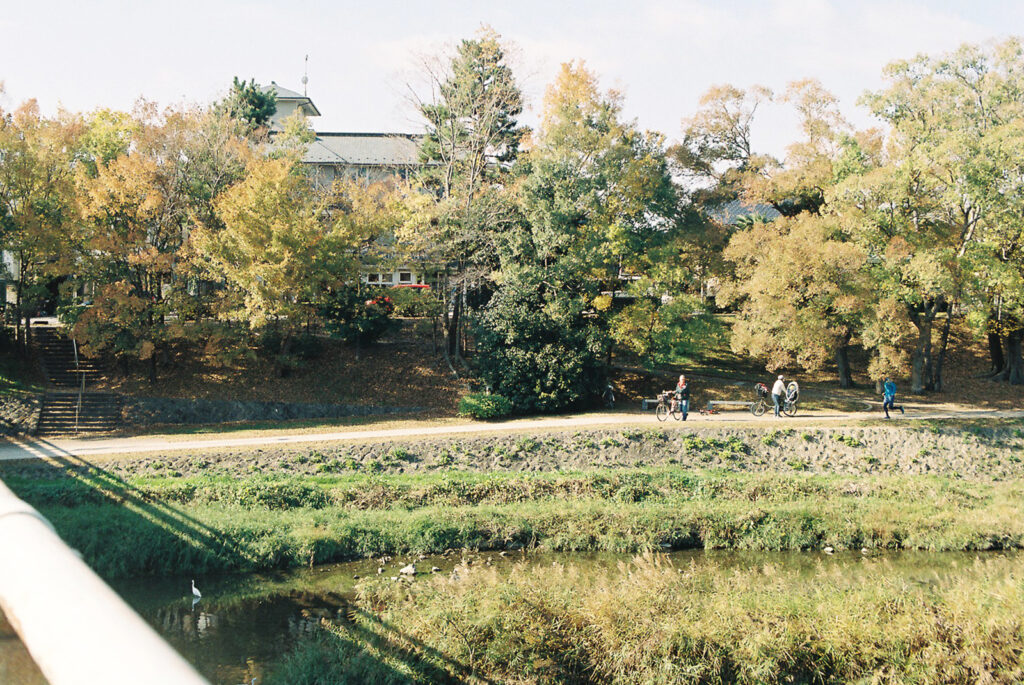
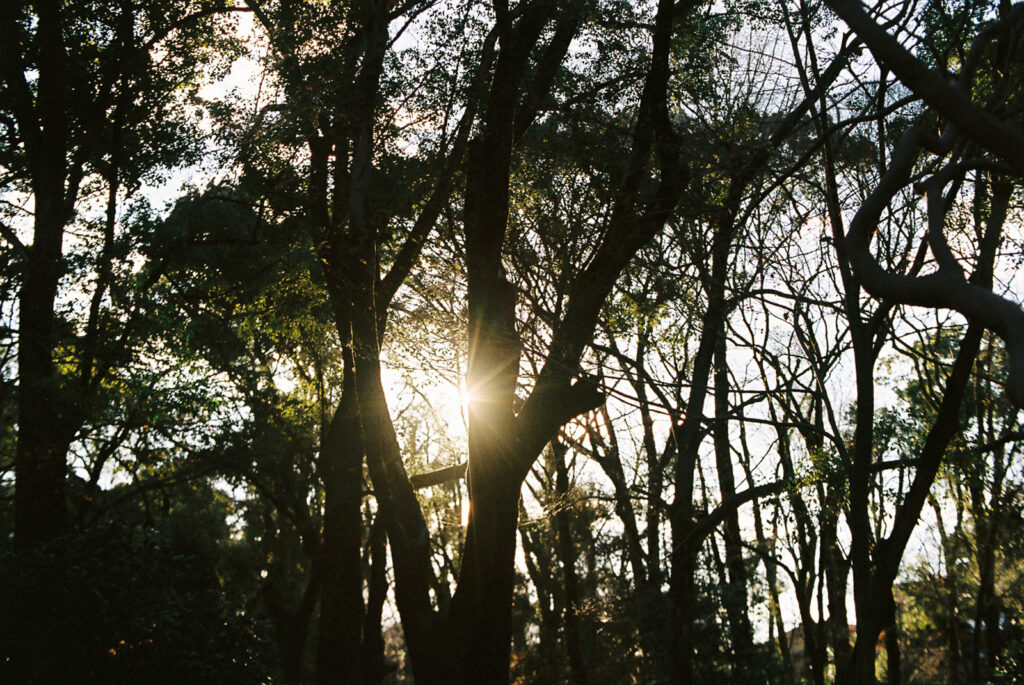
― What made you move to Kyoto?
From the early years of elementary school up to high school graduation, I lived in the Shonai area of Yamagata Prefecture. The plains amid the fields and rice paddies is exposed to strong winds and lots of thunder, but it also boasts the beauty of the sunset in the summer and the snow-covered fields in the winter.
My first visit to Kyoto was for a university campus tour prior to the entrance exam. I was fascinated by the occasional traditional townhouse that popped up in the busy shopping district. Each one I spotted exuded the long history that had been kept alive for generations.
The university was situated by the mountains and rice paddies, bringing the comforting scent of the soil and water. Kyoto felt just urban enough, within reach of nature, with a sky that grew dark in the night, as it should, and I imagined how lovely it would be to live here. I moved when I entered university and have been here ever since.
― As you go about your daily life, what do you feel is special about this place?
The Kamogawa River and the Shimogamo Shrine provide an endless variety of neighborhood walking routes to explore with my children. The flora shows us the changes from season to season, and from one year to the next. If we’re in the mood for a quick excursion to the foot of Mt. Daimonji, it’s only a 15-minute ride by bicycle. Bookstores, galleries, ramen noodle shops—most places are within reach if you have a bike. The compact size is what I love about Kyoto.
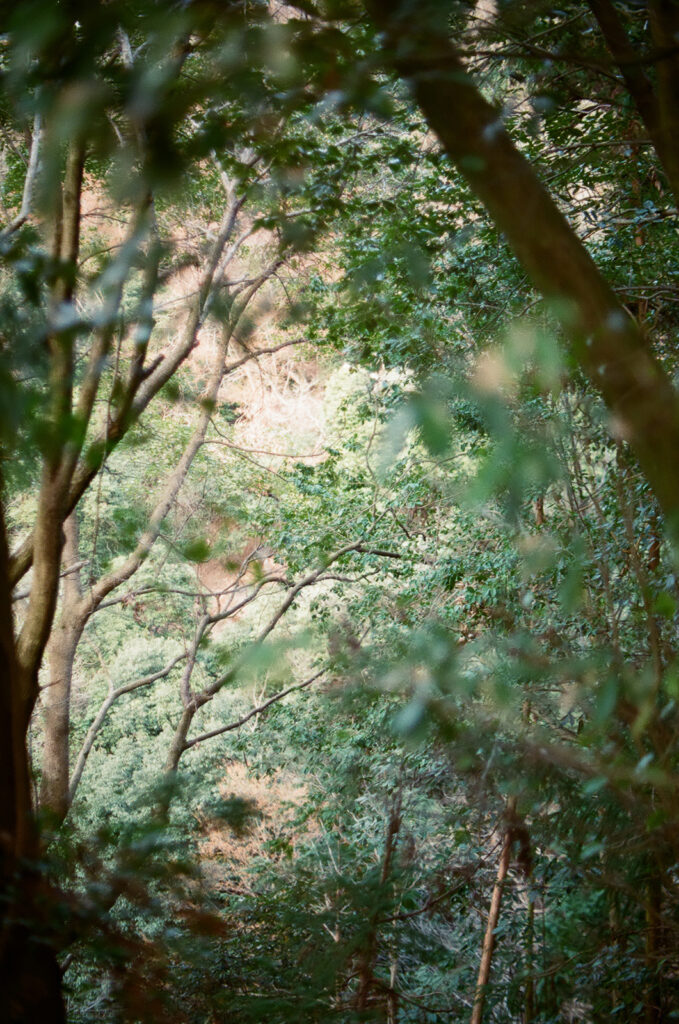
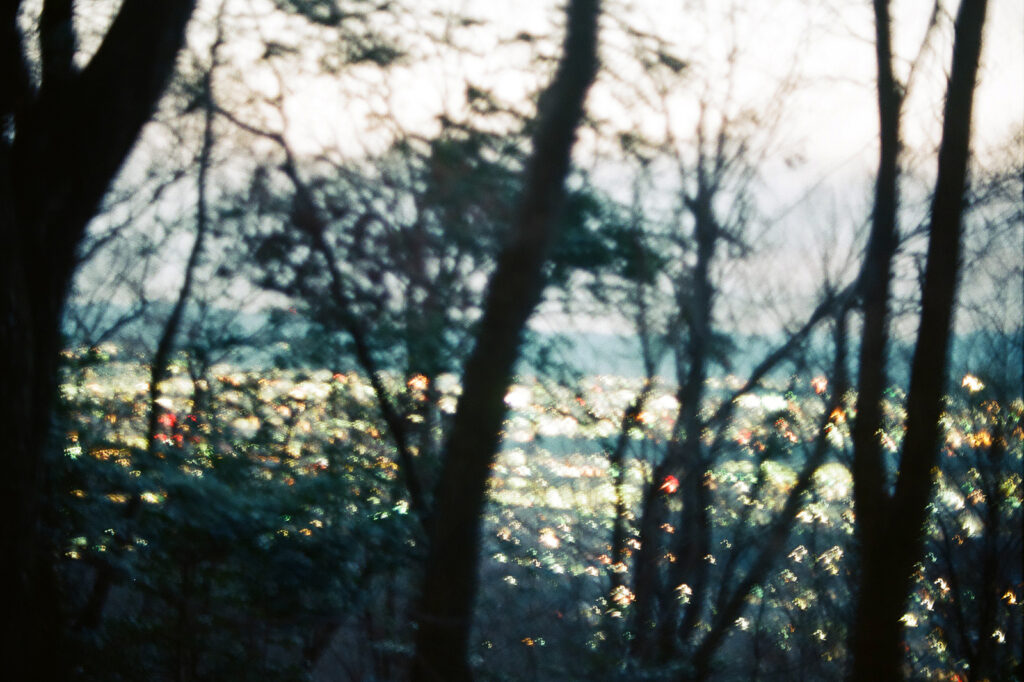
― Tell us about your work and your life at home.
I run a small company called Neki Inc. with my husband and one other staff member, where I am commissioned to take portraits for media interviews, shoot music events, and photograph spaces like a tea farm run by a tea shop, or a garden designed by a professional gardener. I’m naturally curious about whatever field that comes my way, so I love traveling for location shooting.
I also offer my services for individual portraits and family photos for celebrations and special occasions, where I conduct brief interviews during the shoot and deliver a packaged booklet.
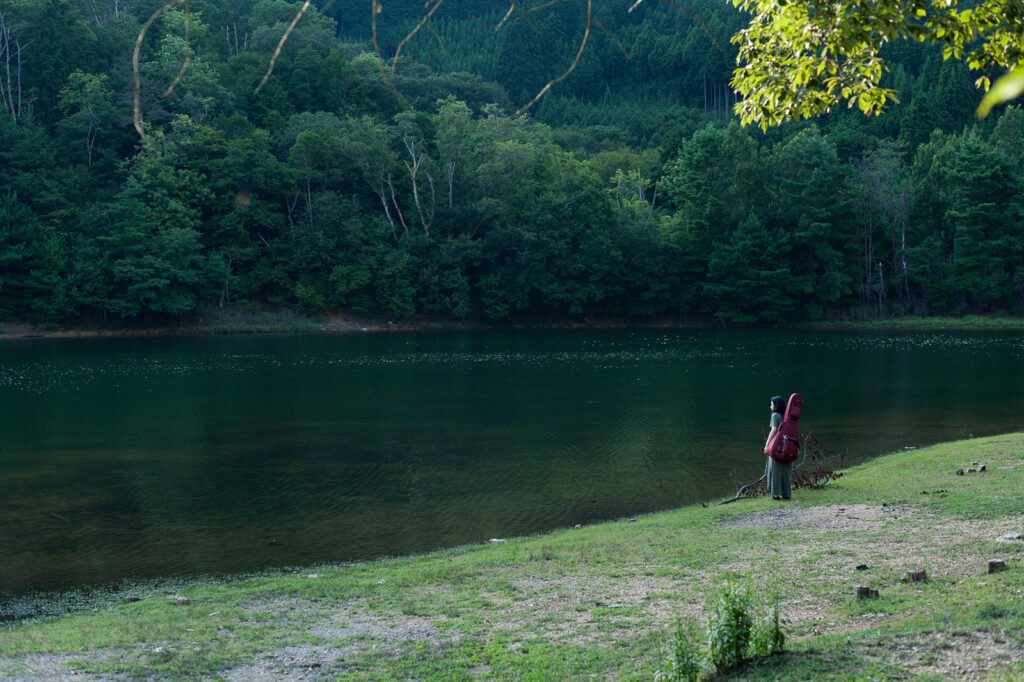
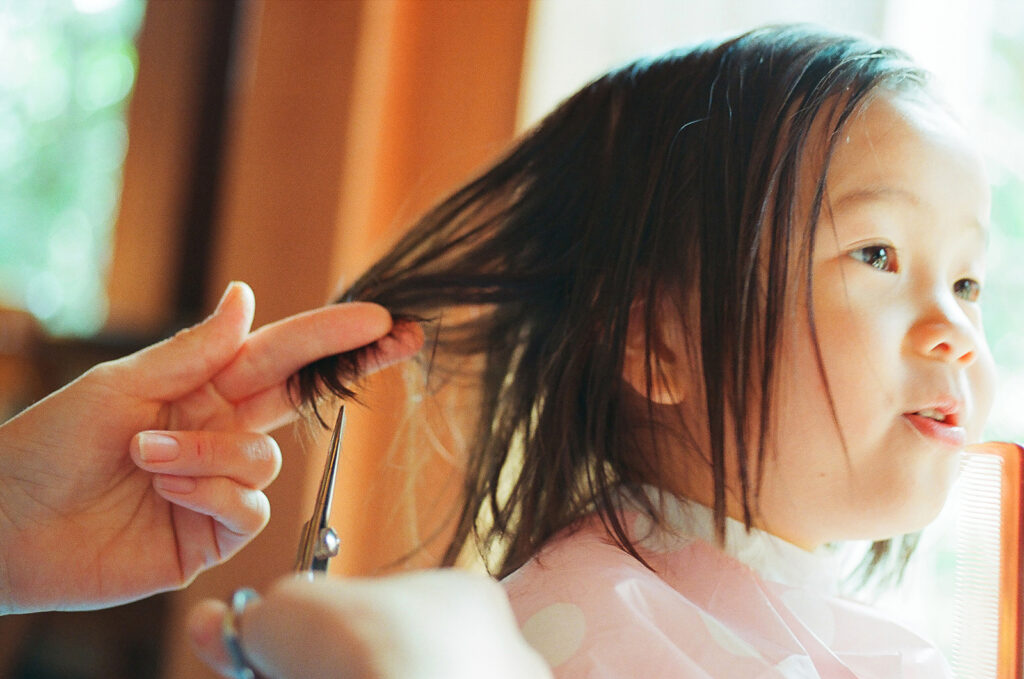
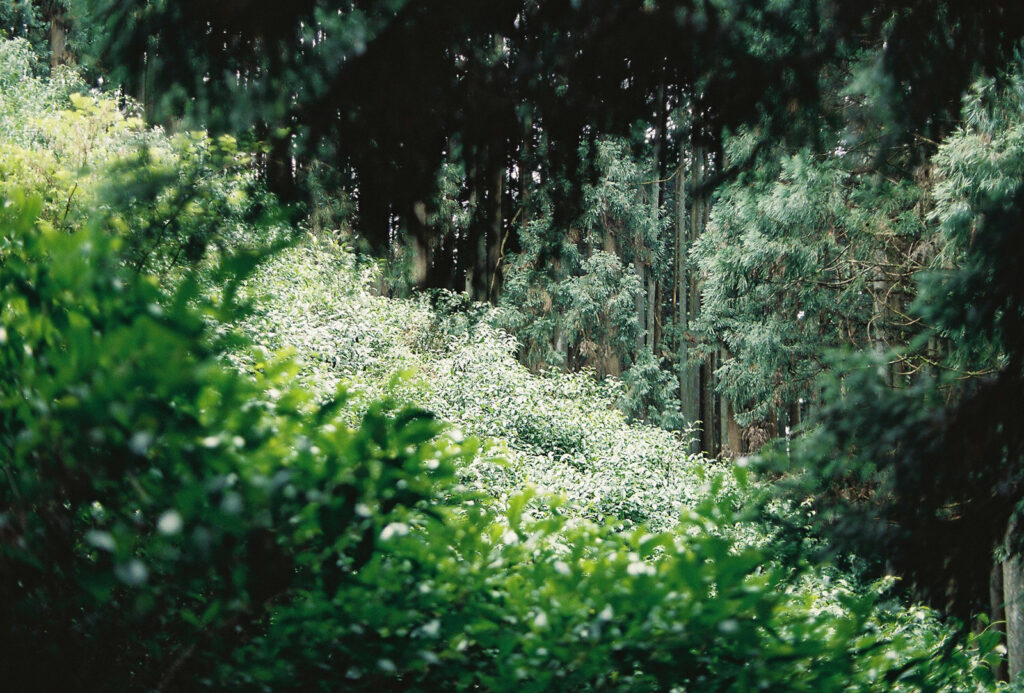
Once or twice a year, I organize an exhibition to present my own work. In recent years, I took part in a number of projects as a documentary photographer, where I commuted to an area and took photographs over the long term, ultimately helping to showcase the material in an exhibition. Sometimes I take my small children to work with me to sit in on the shoot, or join the community’s baked potato event or river clean-up activities.
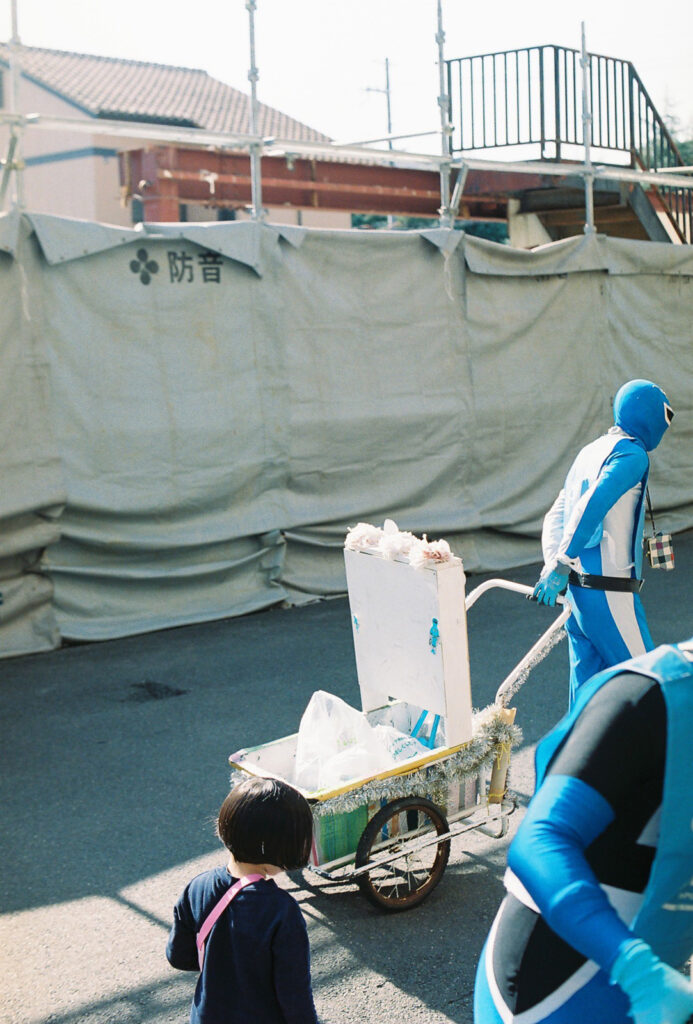

― What kind of pictures do you take outside work?
With two children, every day is an ongoing series of changes, and I’ve come to take pictures in the house and all around us almost like an inspection routine. You know, the trivial but wonderful happenings, like sugar or salt dissolving in water, or an insect we had caught by the river shedding its skin in the cage—moments like that are fascinating and beautiful. I’m accumulating a stock of amazing pictures that show the divine law of nature at work right inside our house.
Also, when I’m commuting by bike and crossing the bridges over the Kamogawa River, I notice spots that attract fish or birds, or that are overgrown with tall grasses. I like taking pictures of those places that seem to be based on a complex system of coincidence and rule.

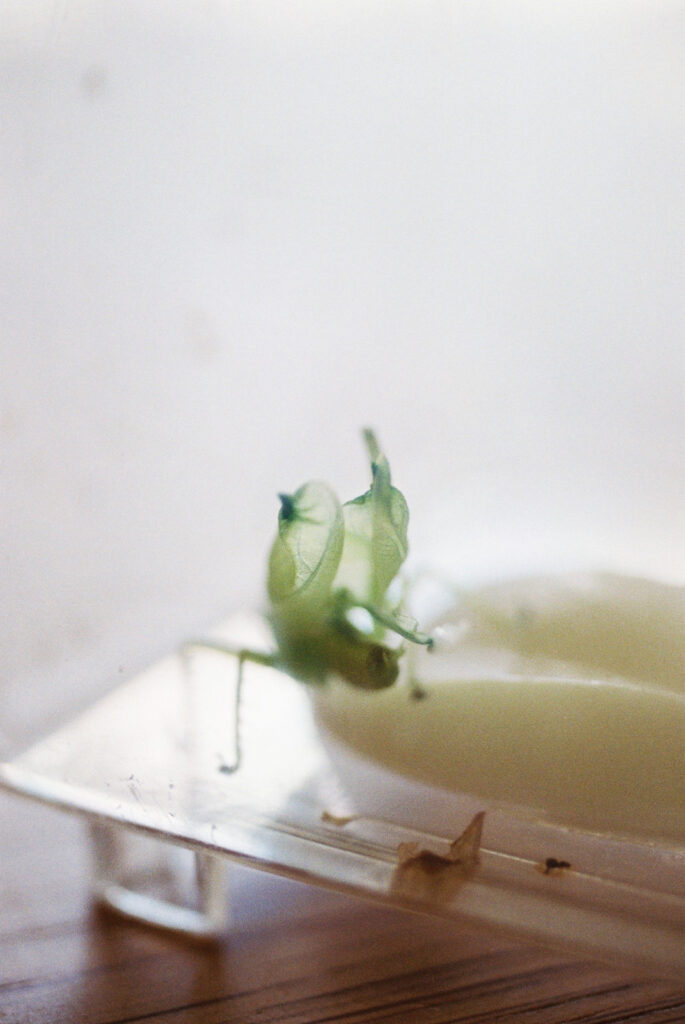
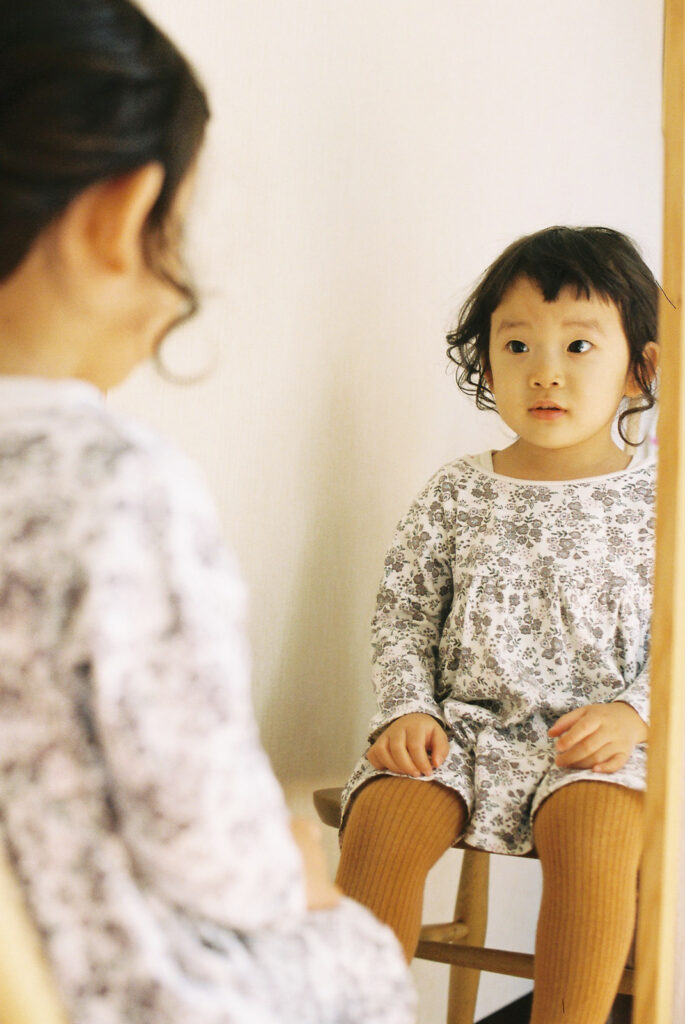
― What is your next area of interest, or what would you like to try in the future?
I’m interested in hunting and agriculture, believe it or not, and every time I hear a friend has gotten a trapping license or rented a plot of farmland, I think to myself so will I some day. I’m making preparations . . . only in my mind though. I did get a driver’s license last year, so the time is right to get up and get moving.
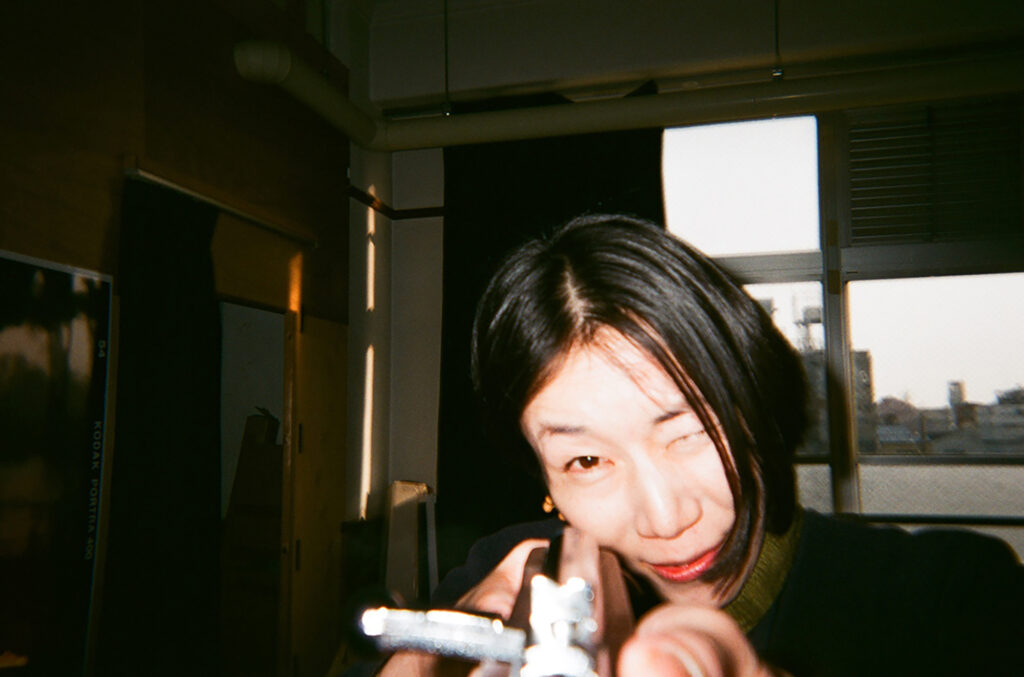
Mai Narita
Mai Narita was born in Yamagata Prefecture and is currently based in Kyoto. While working as a commission photographer with Neki Inc., which she runs with her husband, she also presents her work in exhibitions and participates in various projects as an artistic photographer. Publications include A Wrap of Youru (2011, Little More).











